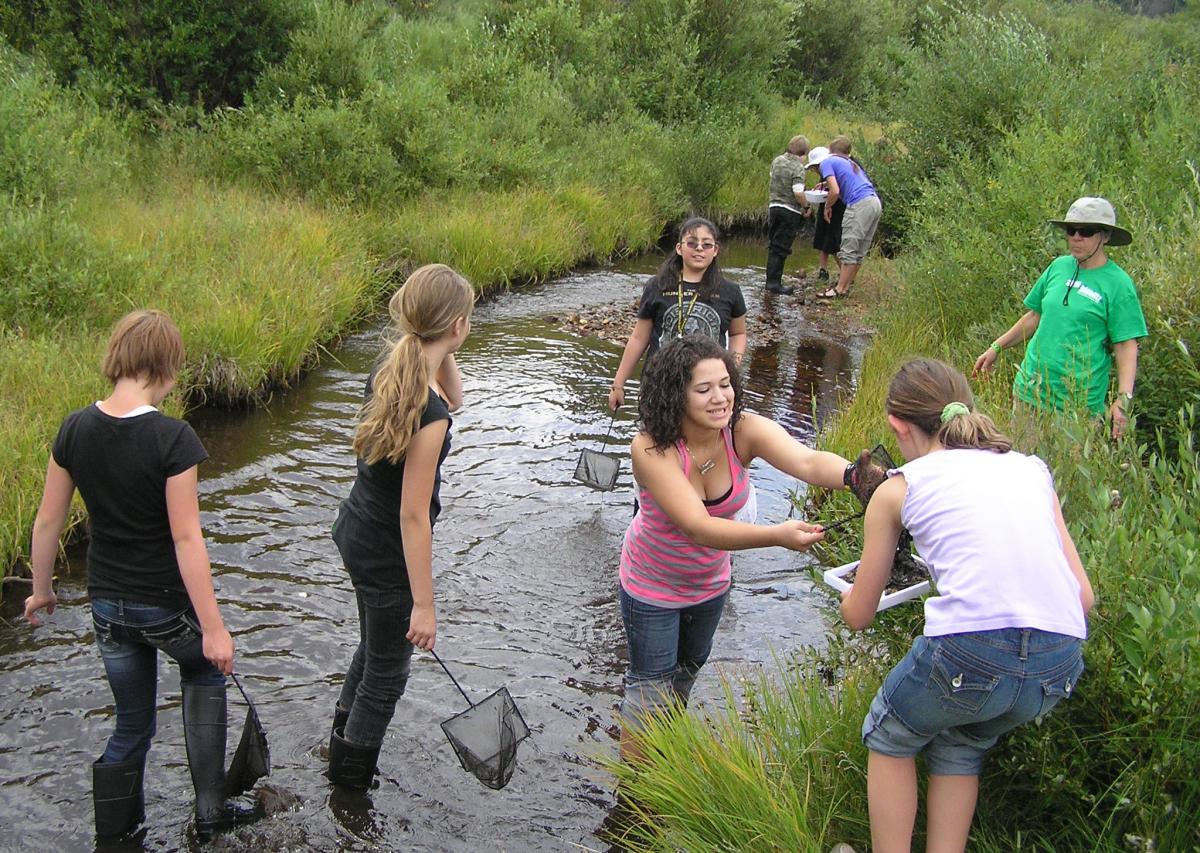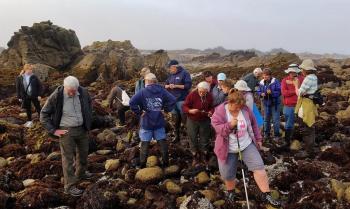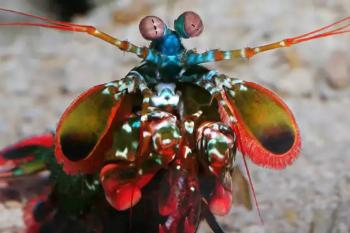
Citizen Science is a global movement through which citizens of all ages make observations, monitor species, collect data, and help answer scientific questions. Scientists initiate the projects, which come from a need for more observations. Citizen scientists make real contributions to the world of science. Anyone can participate but they must be trained to use the correct protocol for the specific project. It’s a growing movement with more projects every year. In Citizen Science Journal you’ll find lots of information about Citizen Science projects.
Student Citizen Scientists
Classrooms are a great place for students to become citizen scientists. Students practice inquiry and critical thinking while participating in real science projects. This develops a stronger sense of how students are positively impacting the world in contributing to the body of scientific knowledge.
A class can do citizen science by going out in the field or working online in the classroom. If you want to participate from the comfort of your own classroom or home, there are several projects you can participate in by looking at images and counting or observing. For example, students can count Weddell seals in the Antarctic. Or, track a weather station and contribute the data to a national database. You'll find even more projects at Zoomiverse.
Getting Outside 
When you want to get your hands dirty in the field, there's lots of ways to join a growing community of citizen scientists who share your interests while contributing data from your favorite locations.
• Cornell University has a database of projects from A: Appalachian Trail Seasons: Tracking Phenology from Georgia to Maine to Z: ZomBee Watch, “Find, collect, and contribute data on honey bees parasitized by zombie flies.”
• The Xerces Society that works for conservation of insects lists several citizen science projects about monarchs, dragonflies, bees, and more.
• If you walk beaches regularly you can participate in Jellywatch, a global citizen-science project that engages the public in monitoring the status of the ocean, and jellyfish populations. The web database and mobile apps allow entry of sightings and exploration of user-submitted reports. The goals are to develop a worldwide time-series of jellyfish populations as a resource for ocean-goers (swimmers, surfers, and fisherman) and for management agencies.
• California Academy of Sciences created iNaturalist: “a community-powered website and app that makes it easy to upload and share your observations in the field and to get help from other users with flora and fauna IDs.” You and your students can get this App and be Citizen Scientists wherever you are.
Keeping It Local
There are loads of citizen science projects in your backdoor. For example, our favorite ‘local’ projects include:
Monterey Bay monitoring a shore bird- the black oystercatcher. Between March and September volunteers monitor the nests of the bird, which is a Federal Species of Concern.
The LiMPETS (Long Term Monitoring and Experiential Training for Students is our Featured Scientist this month.
Whatever subject strikes your fancy, we’re sure there’s a way for you to participate and move science forward—no matter your age, location or background.
















